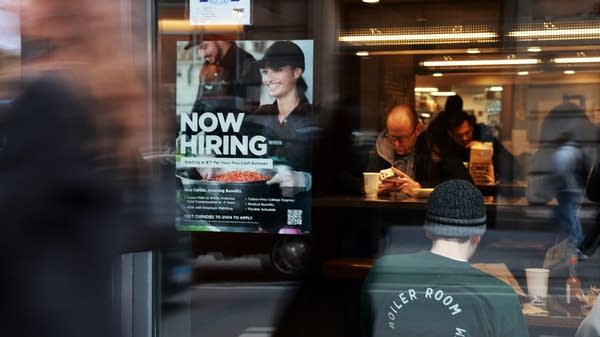Latest time use survey shows Americans are spending more time at home
Just 30% of respondents did some form of socializing on an average day in 2024 — down 8% from a decade ago.

The Bureau of Labor Statistics, the federal agency that puts out the monthly jobs report and the consumer price index, also collects data on people’s daily routines.
The American Time Use Survey tracks how much time we spend at work, on our hobbies, at home doing chores or taking care of kids. The latest batch of annual data from that survey is out Thursday.
When people are asked to account for their time over, say, the last month, they’re not exactly reliable, said Geoffrey Godby, professor emeritus at Penn State University.
“Oh yeah, I worked 70 hours a week. And how much time do you sit watching TV drinking beer gets underestimated,” he said.
But when we recall just the last 24 hours, as the Time Use Survey asks respondents to do, we’re a little more honest about how and where we spend our time.
“One thing that stands out is an increasing proportion of peoples’ day spent at home,” said Gordon Rinderknecht, a behavioral scientist at the RAND Corporation.
He said that is a longstanding trend in the time use data. Just 30% of respondents did some form of socializing on an average day in 2024 — down 8% from a decade ago
That drop could, in part, reflect less time spent in the office, though this batch of data showed a slight drop in remote work.
Sarah Flood, a researcher at the University of Minnesota, noted men were 5% less likely to work from home than the year before. For women, it was flat.
“It could be this return to the office trend. Especially in technology and finance jobs where men tend to be employed at higher rates than women,” she said.
Differences across gender are often headline findings of the Time Use Survey. Which, according to Geoffery Godbey, could make it a target for elimination as the Trump administration pushes an 8% budget cut at the BLS.













